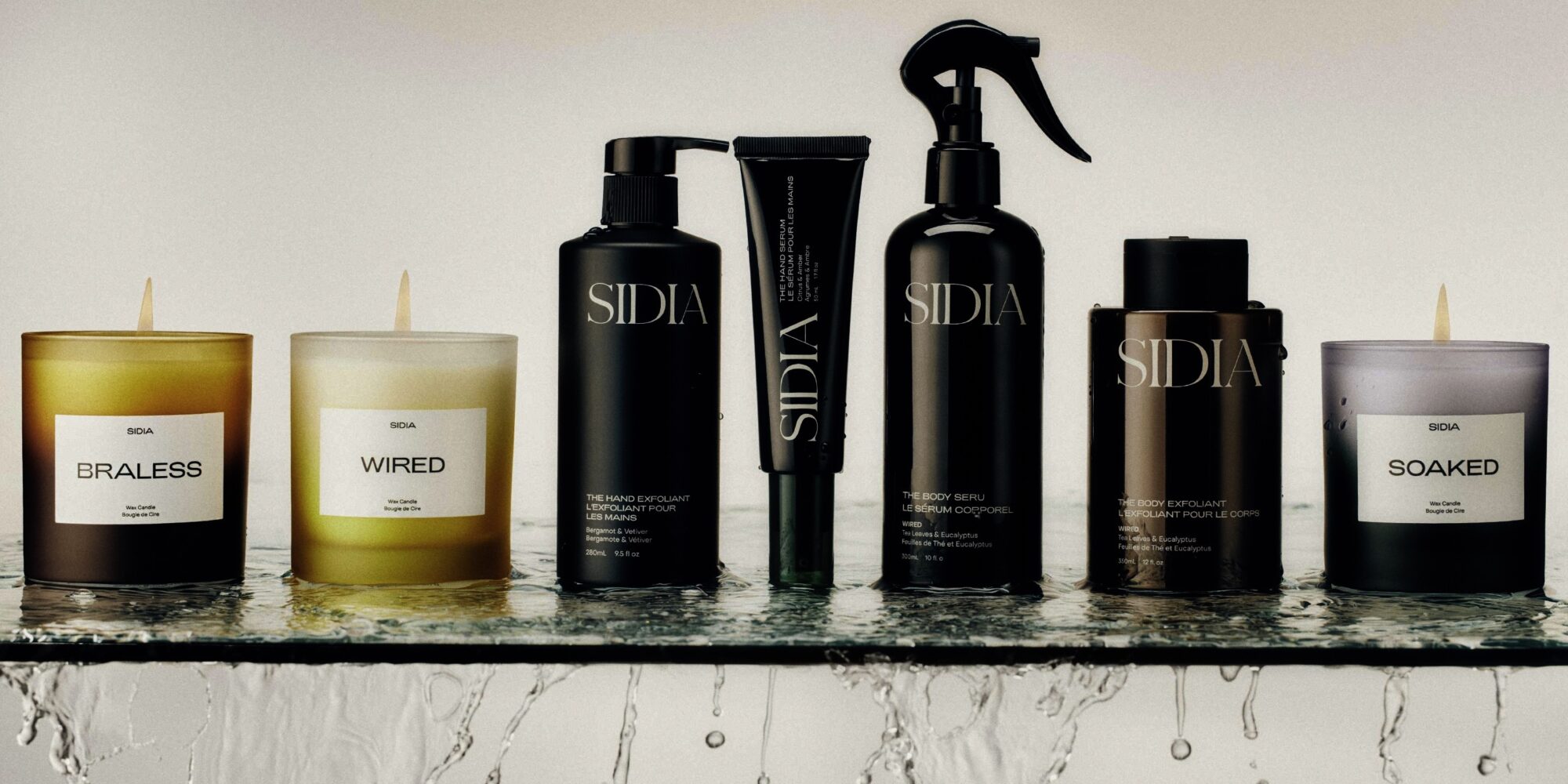
How Sidia Is Controlling Its Fate With A Choosy Fashion-Adjacent Distribution Strategy
In the unpredictable beauty industry, emerging brands that control their own destiny without being whipsawed by the whims of big retailers or investors have the upper hand.
Sidia, a 2-year-old clean body care and home brand from Erin Kleinberg, who previously co-founded media outlet The Coveteur and creative consultancy Métier, is trying to do just that. Where peers venture down well-paved roads to shelves on large mass or specialty beauty stores, it’s bushwacking a less traditional path to brick-and-mortar success at hotels, fitness studios, aesthetics spots and clothing stores along with select beauty retail standard-bearers.
Sidia’s distribution selectivity shouldn’t be mistaken for lack of ambition, though. Kleinberg says, “I want Sidia to be a household brand that can be in anyone and everyone’s home like a little luxury that you can have just for you or as a gift. I really do want this to be a major brand.”
Beauty Independent spoke with Kleinberg about starting Sidia, the distribution approach that’s fueling its business, the state of that business this year and the next launch.
What was your distribution strategy when you launched SIDIA, and how has it evolved?
I had a clothing line many years ago, Erin Kleinberg. I was 21 years old, and I made these really cool T-shirts, cardigans and dresses. It was pre-Instagram. I just went for it and approached the buyers at Barneys New York. From there, the brand was snapped up by Nordstrom, Neiman Marcus, Lane Crawford, Harvey Nichols. We were in 80 stores worldwide in the next couple of years.
So, from the jump, I’ve always been a brick-and-mortar-minded girl that cares a lot about touching, feeling, trying on and smelling. Within a couple months of Sidia’s launch, Goop approached us to become our first retailer. They picked up Braless and Wired, our very first candles, and the partnership has just continued to solidify since then.
When I was launching these candles, everyone around me was like, “You’re going to launch another clean candle situation? We just came out of a pandemic, everyone’s doing that.” I was like, “No, these candles are going to be so gorgeous, feel very luxe and look the part, but also be cleaner for you.” I loved all the fancy French candles, but I wanted to make something that didn’t give me as much of a headache. I was like, “These candles are going to sit at retail next to Byredo, Diptyque and Le Labo.” People thought I was nuts.
There was so many brands trying to transport you to far off lands and take you away from the life you’re living. With Sidia, this is a brand that invites you to come home to yourself, which is our tagline. These fragrances that can be with you daily and not be overpowering.
In the early days, I was able to have conversations with retailers. After Goop, we got picked up by Webster and Maxfield, which primarily sell clothing. I see Sidia as such a fashion-adjacent brand, and I really wanted to be showing up in the places that felt like us.
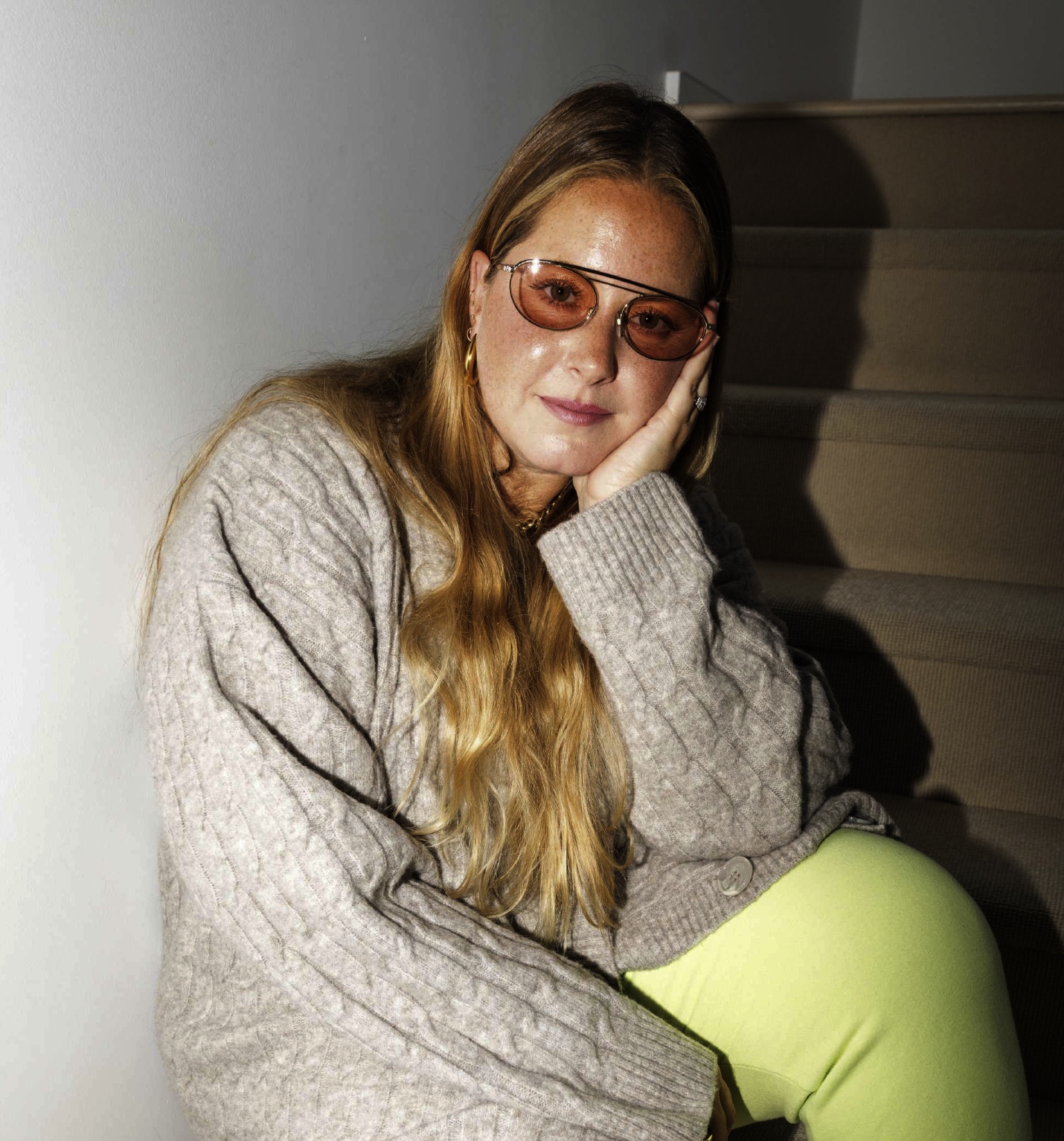
How did you decide on the price range?
The price obviously is dictated by our margins and figuring out what makes sense in terms of that. From positioning standpoint, all of our body care is roughly between $36 and $52. Our candles are $65. The candles were less expensive than a Byredo or Diptyque. That has worked in our favor being a new brand trying to sell luxury candles. The body care sits in the range with our comrades.
What other retailers is the brand in, and how did you approach them?
We’re available at Moda Operandi, Shopbop, Revolve, Nordstrom, Credo, Anthropologie, The Detox Market and Goop, among others. Most of these partnerships have come about because I’ve felt passionate about that retailer, and I make an effort to make a connection with them, or I’ve gone back and rekindled the older relationships I had from my clothing line.
For example, we used to sell [Erin Kleinberg] like hotcakes on Revolve. I always loved that partnership as well as the one we had with Nordstrom. With Moda Operandi, [beauty director] Jess Matlin is a really old friend of mine [from the editorial world], so all of my careers have sort of compounded on top of one another to help Sidia become a powerful machine.
How do you determine if a retailer is a good fit for Sidia?
Ultimately, it’s really about whose edit I like, who is telling the right story for brands and who can help us. We’re doing our part to build brand awareness, but the right retailers can help us tell that story.
Formula Fig has been a huge brand builder for us. Their curation of brands in the retail section of the store was really special, so I reached out to owner JJ [Walsh]. We connected right away, and she put us not only on shelf, but at all the sinks in the bathrooms. The mirrors all read, “Give a fig about your skin,” a cheeky play on the studio’s name, so everyone was taking photos in those bathrooms and sharing them.
The sinks in the main area of the store also had a beautiful, tight edit of Sidia products. It created this feedback loop where not only consumers, but buyers from other retailers were discovering us at Formula Fig. Finding key retail partners that share the passion for your brand and understand the right storytelling is critical.
What KPIs stand out as you look back at 2024?
We had 120% growth across wholesale and DTC over the last year. We nearly doubled our number of retail doors in 2024, launching into 70 new doors for a total of 150-plus doors, and, at the same time, saw an impressive 82% repeat purchase rate on wholesale in 2024. We also sold through our inventory of Soaked Wash + Cream, our September 2024 launch, in under two months.
Where are new customers discovering you most?
Anecdotally, people discover us in the showers of Tracy Anderson [elite boutique fitness studios]. I know there are not that many Tracy Anderson studios, but, for some reason, everyone comes up to me and is like, “It’s you in the shower,” and I’m like, “Yeah, it’s us.”
It’s these integrated moments that really work well for us: showing up in Tracy Anderson’s showers, at the sinks in Formula Fig, in the Beverly Hills Hotel’s spa treatments. Right now, we have a candle collaboration, Saucy, at Don Angie, one of my favorite Italian spots in NYC. Our approach is really about being where the customer is and trying to activate local communities.
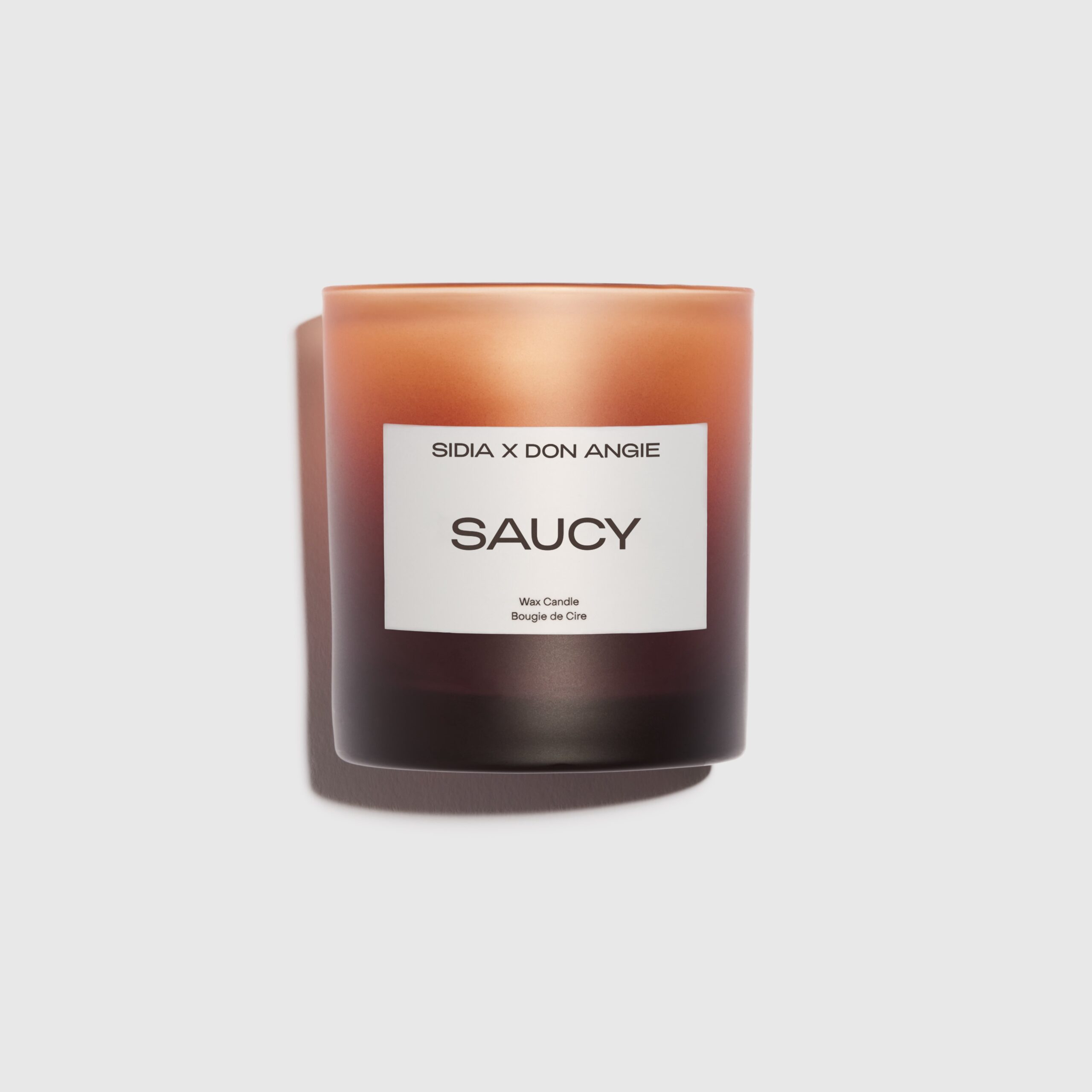
Why is it still important for the brand to be in beauty-specific retailers like Credo and The Detox Market?
There’s no question that Credo has elevated our profile. So many people are shopping there, the buyers are looking there and being Credo clean-approved means something to people. The Detox Market has really moved the needle for us as well, for similar reasons.
How do you select the assortment with each retailer?
Body care sales make up the bulk of our business, but we’re super passionate about the candles because they are the scents that make up our hero franchises. So, most carry both [body and fragrance]. Credo has only body care, and some of the fashion-y retailers like Maxfield or Webster only have candles. In an ideal world, we sell both, but, of course, we want to work within the parameters that make sense for them.
Speaking of heroes, what do you consider Sidia’s hero SKU?
Our hand serum is this little powerhouse SKU that has just flown from the nest. I just felt that [a lighter hydration alternative for hands] was missing in the market, and it is truly speaking to so many of our customers and people who can’t stand greasy hand products. The hand serum is serving this community that wants something that sinks right into the skin while still soothing and smoothing.
Sidia is going deeper into fragrance. Tell us about that and how the brand is expanding from a category perspective.
I never found body care that met perfectly in the middle. It always was heavily fragranced body care that wasn’t great product formula-wise or it was the exact opposite, really great, clean, efficacious body care that just smelt not luxe enough for me.
If I’m being totally honest, growing up, I was not like a fraghead. My mom was obsessed with fragrance, and I was more fashion. But coming out of the pandemic, I started to notice people were obsessed with fragrance, and it was such a nostalgic, but also futuristic tool for emotions.
We started to learn and meet with noses, and I started to realize that my passion for storytelling could be told so much stronger through fragrance. I’m getting more ingrained in the fragrance world and community. When we launched hand care and then body care, people were reminiscing on how great the scents were, and we were like, we need to lean into this.
So, next year, there’s going to be more. We are launching products that are fragrance only that will have some body care benefits, but truly are in the fragrance world. In January, we are launching Soaked, which is one of our bestselling franchises, in a solid perfume.
As an independent beauty brand, how do you have the manpower to service all of Sidia’s retail partners?
We have a sales team in place. We have two third-party logistics partners—one in Canada, one in the U.S.—stocked and ready to go for wholesale. So many 3PLs are used to working with direct-to-consumer brands, so it’s kind of like asking them to flip a switch, but I think an omnichannel strategy is the best way to grow this brand.
Our business is 80% wholesale and 20% direct-to-consumer. I have a head of ops, Melissa Batchelor, who is brilliant and has come from bringing Brandy Melville stores to Canada to being a right hand to Joanna [Griffiths], the CEO of Knix. She knows everything about everything related to ops, and she is driving this ship.
We also have an ops coordinator, a product development manager and then we have our sales agency, David Pirrotta Brands, who have been so supportive in helping us really service these retailers.
It’s not always perfect, but I like to think we’re getting our hands dirty with all of these indies and smaller partnerships so that when a bigger partnership does come down the road, we’re going to be a well-oiled machine. I think we’ve all seen brands that just go ahead and launch in Target, Sephora or Ulta and weren’t quite ready for that.
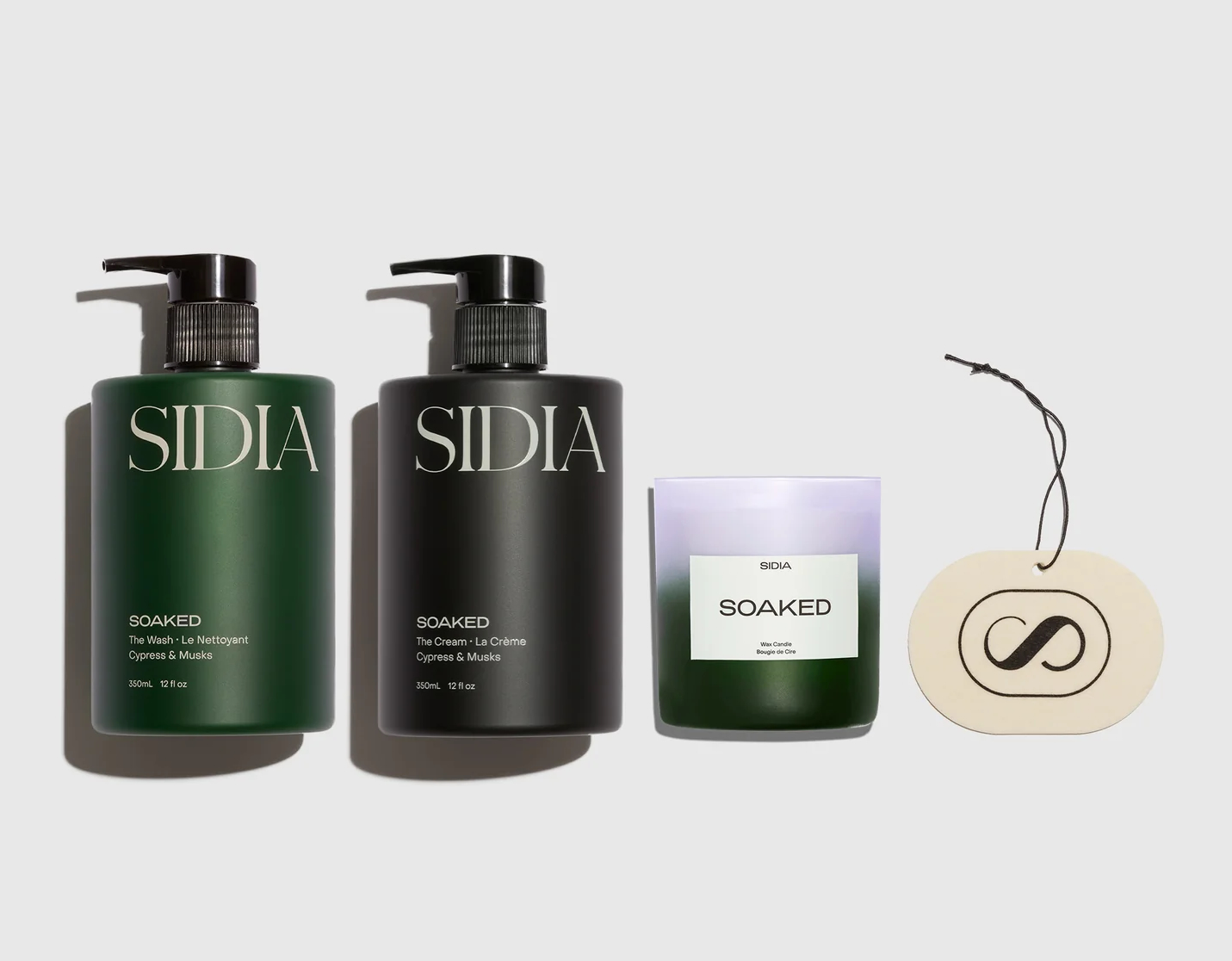
Have you done any activations with partners that you felt were particularly successful?
When we launched our body exfoliant and body serum in May 2023, we launched it exclusively with Formula Fig. They have several locations in the U.S. and Canada, and we did a beautiful event in Toronto celebrating that and offered a gift with purchase for the following month. Participating in events whenever we can is important.
Another thing that comes to mind is our partnership with Sana Skin Studio, which has three [Florida] locations. When we launched with them, they added a Sidia body treatment to their treatment menu for a month. Anytime we can be physically in a treatment is so critical because people get to use and try the product.
Many brands aspire to be in mass retailers like Target or beauty specialty chains like Sephora or Ulta. Why haven’t you taken that approach yet?
It is a painful approach, no question about that. I do think that, if you look at some of the best brands out there that have longevity and have had great exits, they started with indie retailers and a more curated selection.
What distribution expansion do you have planned for 2025?
Sidia is confirmed to be one of the first beauty brands to be sold at Luisa Via Roma’s new flagship store in New York City. The brand is also launching at the Hotel Chelsea Spa. In addition, SIDIA has just launched at Happier Grocery.
What goals do you have going forward for Sidia?
This whole conversation has led up to my biggest goal, which is to have our own brick-and-mortar presence. That’s on the big vision board. I’m dying to have our own chance at retail and these intimate, maybe 500- or 700-square foot jewel box stores that really make you feel like you’re walking into your grandmother’s bathroom. To smell our scents and showcase our scent franchises in the way we want to showcase it. Of course, I would have to start with New York City. 2026, 2027, we will open our first store and go from there.
And we’ll continue to pursue interesting, different partnerships like the one we have right now in the restaurant space. We’re trying to write this playbook of lifestyle and fashion adjacency rather than following in the footsteps of the beauty brands that are already out there, even beauty brands that I love.
This interview was edited for brevity and clarity.
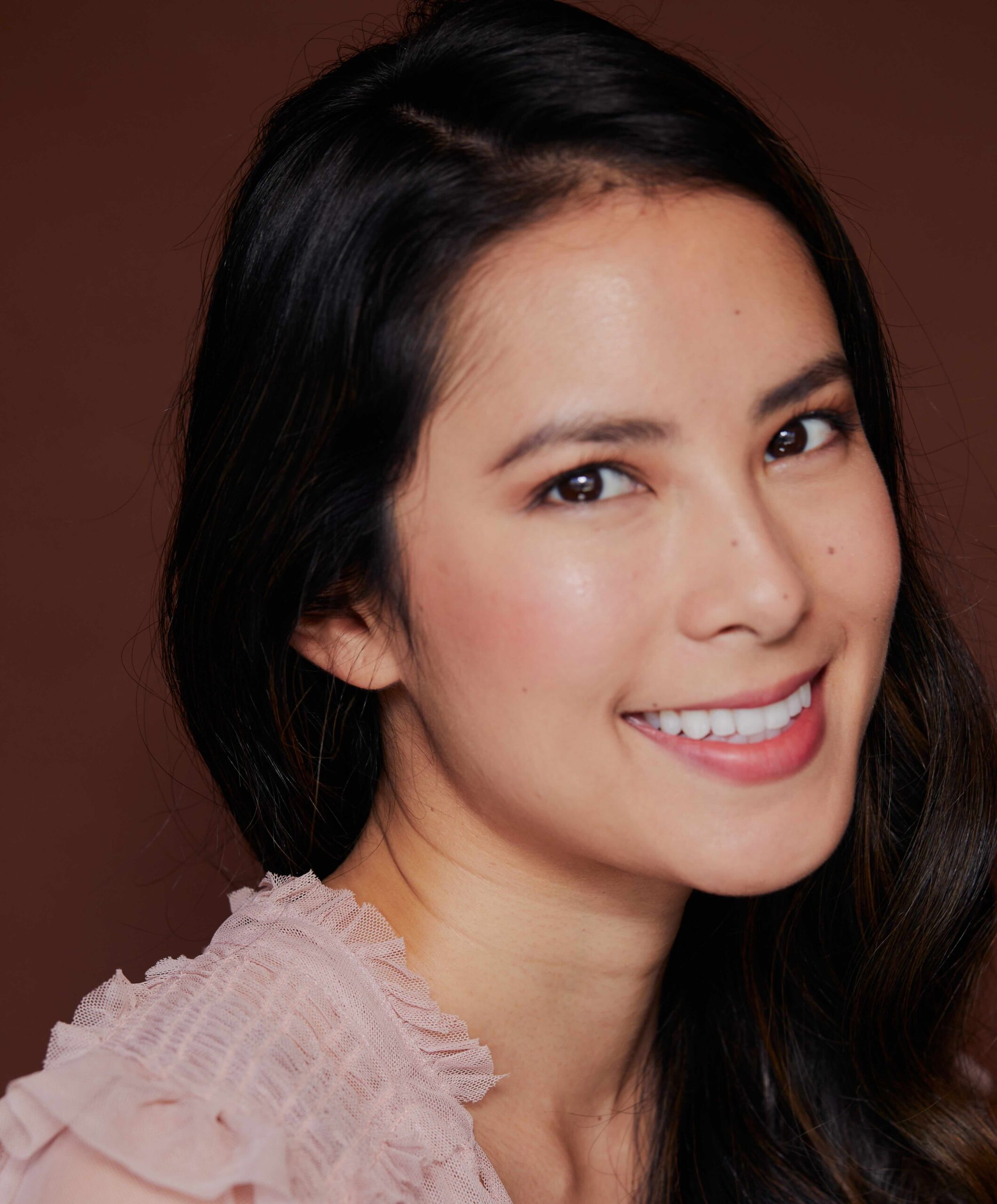

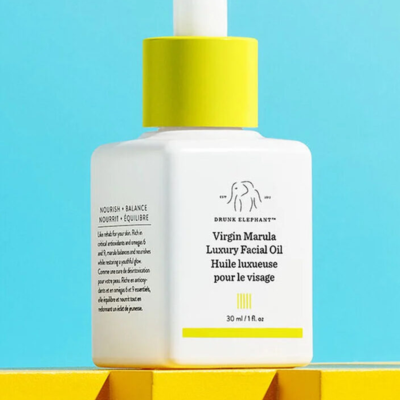

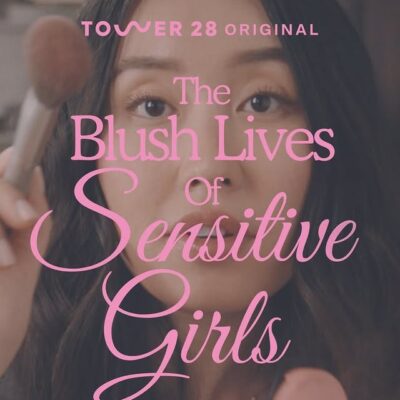
Leave a Reply
You must be logged in to post a comment.